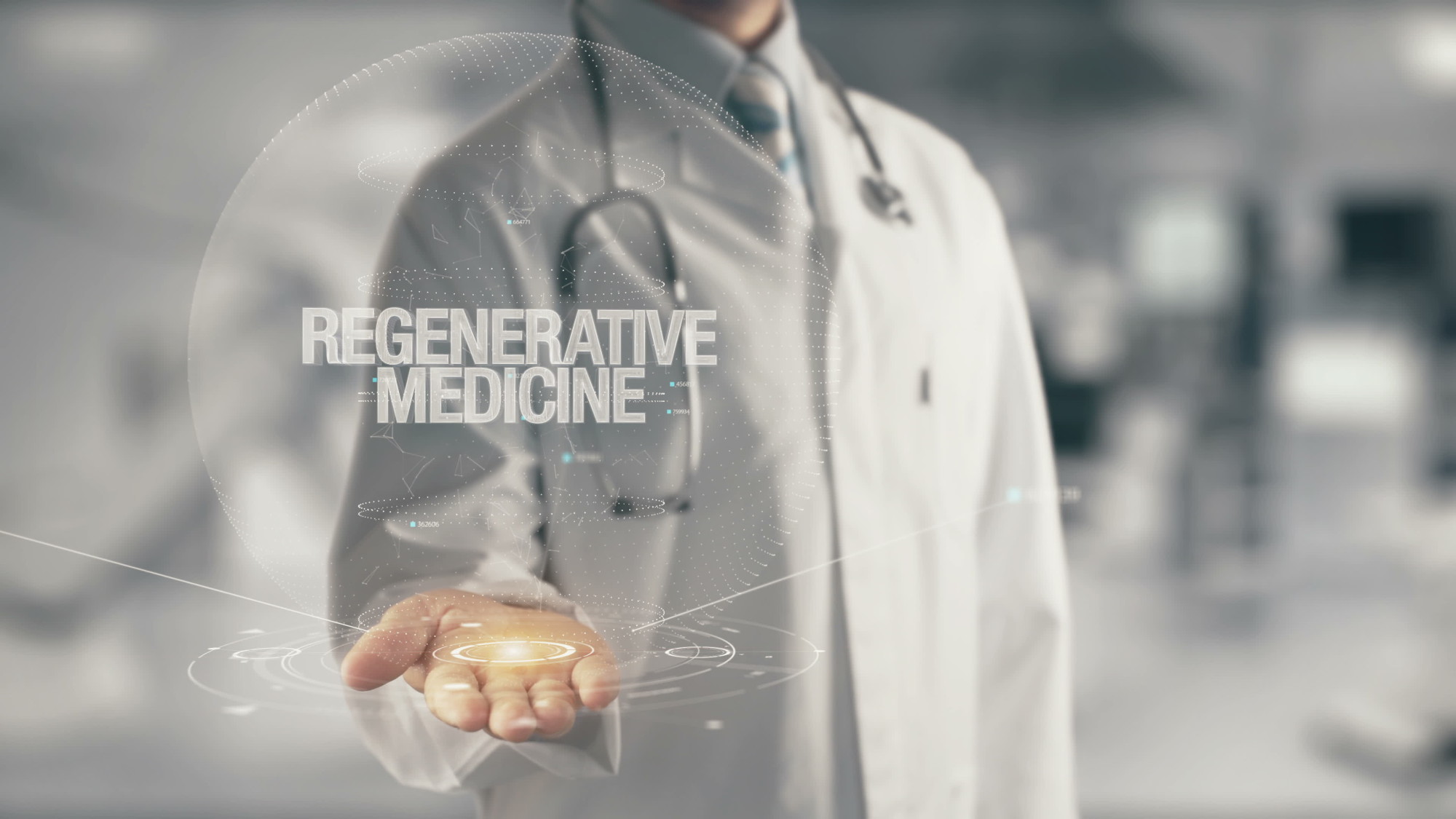Table of Contents
[/image][=video]
[/video]
Viscosupplementation: Shot of hyaluronic acid right into intra-articular area can restore the viscosity and flexibility of osteoarthritic synovial liquid. HA plays an important role in shock absorption, lubrication, and the visco-elastic nature of the synovial fluid. Prolotherapy: Prolotherapy is the injection of a solution to refurbish an inept framework and promote sclerosis at the shot website.
Greater than one treatment session may be needed prior to outcomes are felt and, just like any treatment, results are not guaranteed. A stem cell does not offer a specific bodily function, however it can become a cell that does, such as a cartilage cell or a ligament cell. Physicians who utilize stem cell treatment think that, when placed into a specific setting, stem cells can transform to meet a certain requirement.
To make PRP, blood is taken from the individual and then processedoften using a centrifugeto produce a concentrated remedy of platelets and plasma (PRP).: All PRP is not the very same.
Swelling raises blood flow and draws in cellsgranulocytes, monocytes, macrophages and fibroblaststhat can repair and heal damaged tissues. Throughout prolotherapy, a physician infuses an irritant into the hurt location, which momentarily boosts swelling.
Regenerative Therapy

Prolotherapy often uses PRP as an irritant, but prolotherapy is not necessarily a cellular therapy. As a matter of fact, the most typically made use of toxic irritant is dextrose, a simple sugar. Substances such as glycerine or saline might likewise be used.: Contrasted with various other regenerative medication therapies, such as stem cell and PRP injections, there is not a great deal of clinical study relating to prolotherapy and its efficiency.
Various methods might be made use of to attempt to repair cartilage material, consisting of yet not limited to: Making little cuts or abrasions in the bone directly below the cartilage material injury. The objective is that the blood from the harmed bone will facilitate brand-new cartilage material cell development. Hair transplanting cartilage material from an additional component of the person's body, a donor, or pet.
Regenerative medicine looks for to change cells or body organs that have actually been damaged by age, disease, injury, or congenital problems, vs. the present professional technique that concentrates primarily on dealing with the signs. The devices used to realize these results are tissue engineering, mobile therapies, and clinical gadgets and synthetic organs. Mixes of these techniques can enhance our natural healing process in the areas it is required most, or take control of the feature of a completely damaged body organ.
When hurt or gotten into by illness, our bodies have the inherent feedback to recover and defend. The promising area of regenerative medication is functioning to recover framework and feature of broken tissues and organs.
Hormone Therapy in Southfield
The objective of this approach is to develop transformative medical care remedies that will possibly cure previously untreatable injuries and diseases. Cells engineering is a method where biologically compatible scaffolds are dental implanted in the body at the site where brand-new cells is to be formed. If the scaffold is in the geometric shape of the tissue that requires to be generated, and the scaffold brings in cells the end result is new cells in the shape desired.

Millions of people have actually been treated with some type of cells engineered tools, yet the area is in its early stage. Several millions of grown-up stem cells are found in every human.
To get more information concerning several of the promising studies and clinical trials involving mobile treatments, visit this site. In situations where an organ falls short, the primary professional approach is to transplant a substitute body organ from a benefactor. The primary challenges are the accessibility of benefactor body organs, and the demand that the benefactor take immunosuppression drugswhich have side results.
Medical Group in Southfield, Michigan
Regenerative medication covers a vast array of techniques in medicine, biology, engineering, and various other locations of clinical study. While there are just a minimal number of approved regenerative medicine treatments for people today, numerous possible therapies are in clinical tests, or will certainly be soon. These meanings are planned to help you understand terms you might hear as regenerative medication ends up being a widespread topic of discussion.
Biomaterials is a progressively advanced innovation that blends concepts of design and biology to drive discovery and testing of therapies. The term generally refers to materials that are produced for the functions of engaging with living cells, tissues, organ, and systems. Biomaterials can be obtained from all-natural resources, like proteins or sugars, or from artificial compounds, like polymers, steels, or plastic.
One popular category of biomaterials, recognized as hydrogels, are water-based structures with customizable residential or commercial properties to home cells in 3D rooms that resemble conditions in living tissue. Next-generation biomaterials can be modified in real-time to direct just how cells operate in 3D space. Illness modeling is using pets, stem cells, and crafted devices to examine human conditions without the demand for human topics.
Perimenopause Treatment
Diet regimen, lifestyle, exposure to sunshine, and aging are all factors that can trigger epigenetic modifications. In the field of regenerative medicine, researchers study how epigenetic modifications add to disease-causing anomalies. In one examination, ISCRM scientists become part of an initiative to create a genetics treatment to aid boys and canines with an uncommon muscle mass problem to walk and prosper.
Navigation
Latest Posts
Regenerative Therapy
Regenerative Therapy in Southfield
Stem Cell Therapy